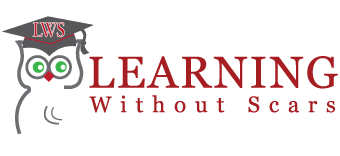The sales process is complicated. With professional selling, we know the methods and the processes. We have an assigned sales territory, and we are responsible for market penetration and market share. But all of that is put in jeopardy if the salesman does not know how to handle the objections that the customer might present.
This is an element of the presentation class. However, because of the importance of overcoming objections, we are going to deal with them exclusively in this program. How these objections are handled can make the difference between a sales success and a failure. This program deals with the methods to employ: the “how to” of overcoming objections. In the sales process, typically you are looking for an order, or at least a positive outcome of the sales call. In order to achieve that outcome it has to be understood that the customer has to learn about what it is that you are selling. In many cases, an objection is simply an indication that the customer does not have enough information yet to make an informed decision.
From keeping your cool, to making the objection specific, and providing compensating factors, everything about the “how to” overcome an objection is exposed. You can’t afford to run the risk of losing a sale by missing this important program.
